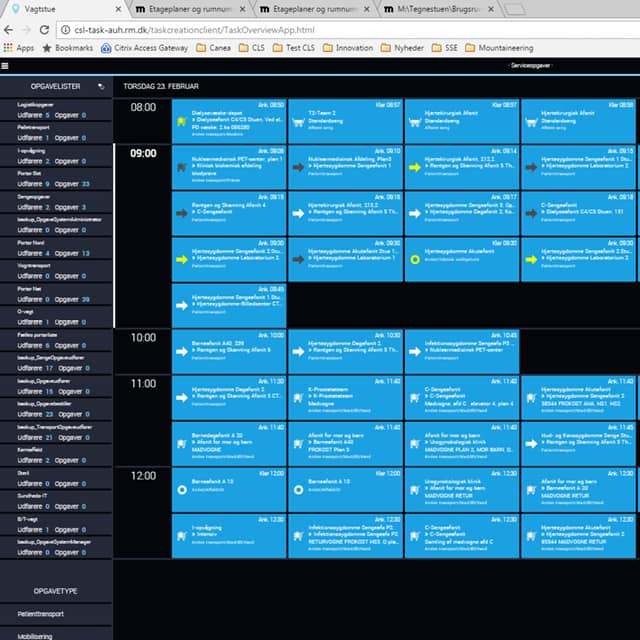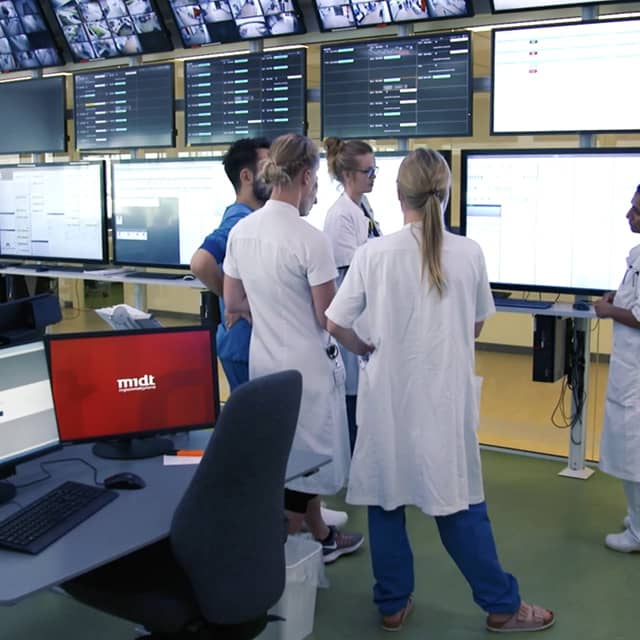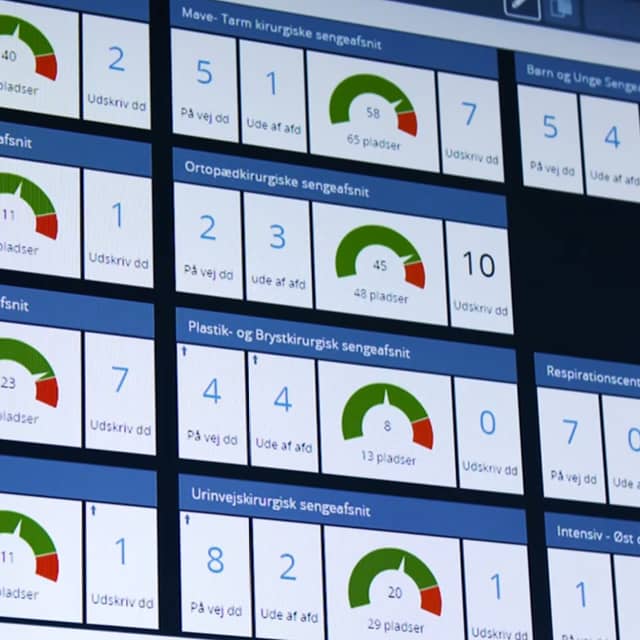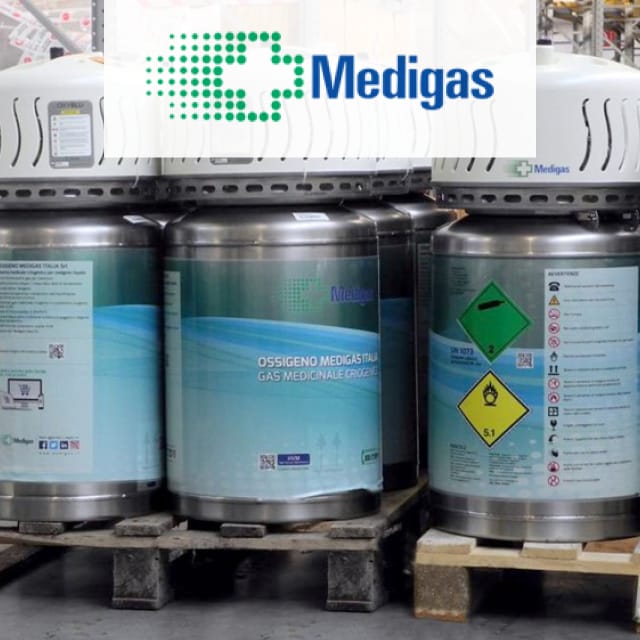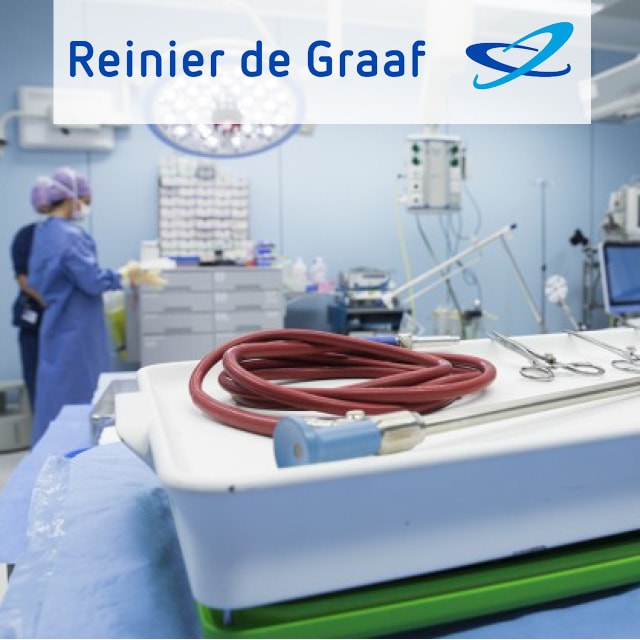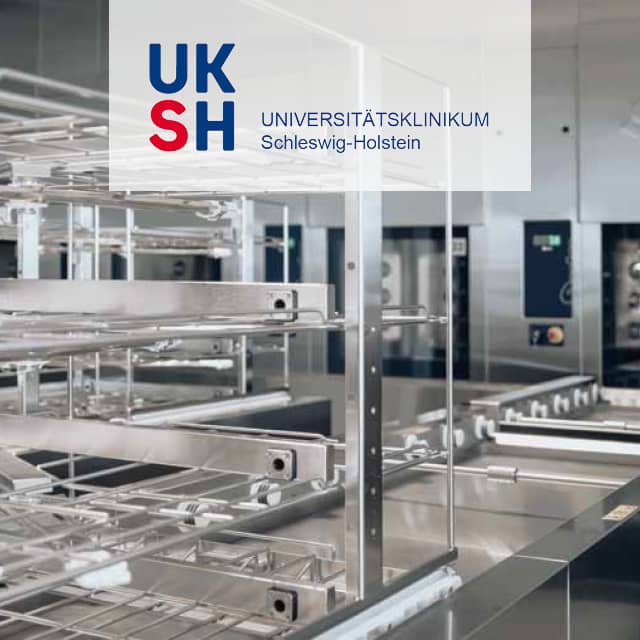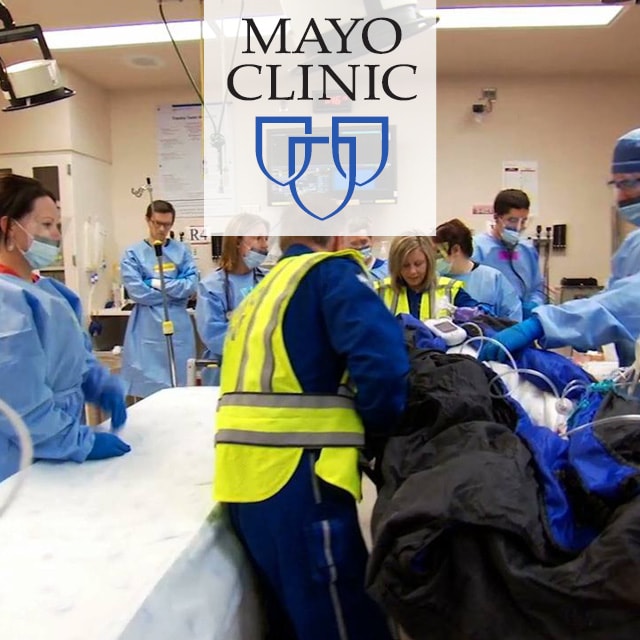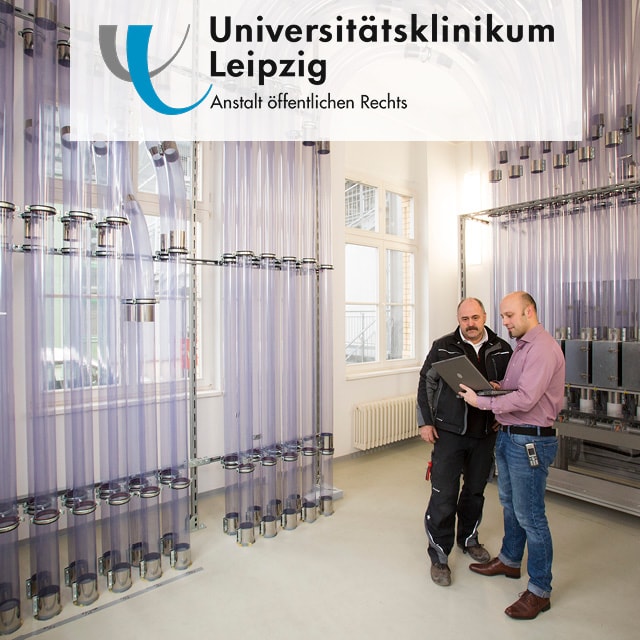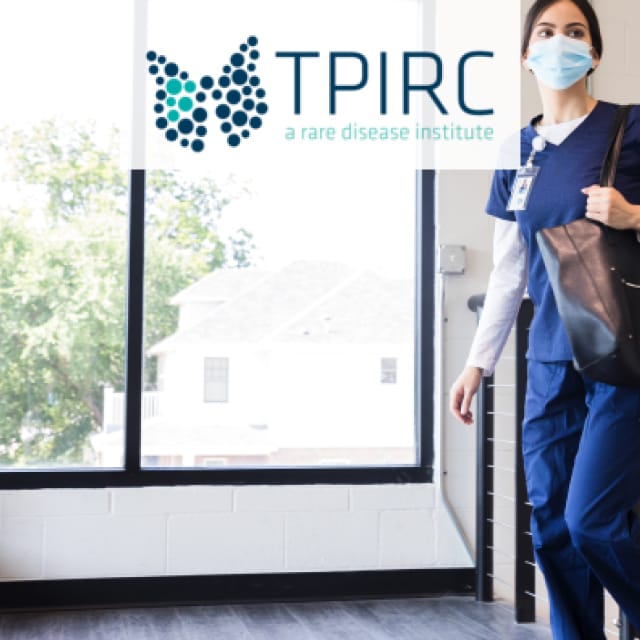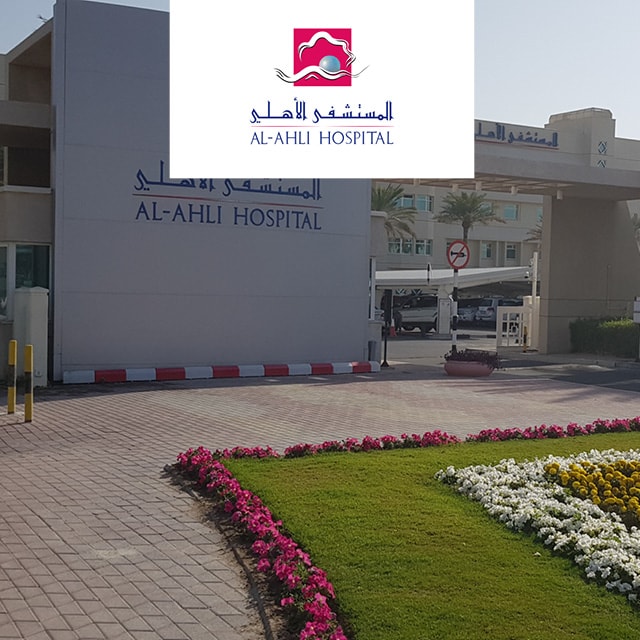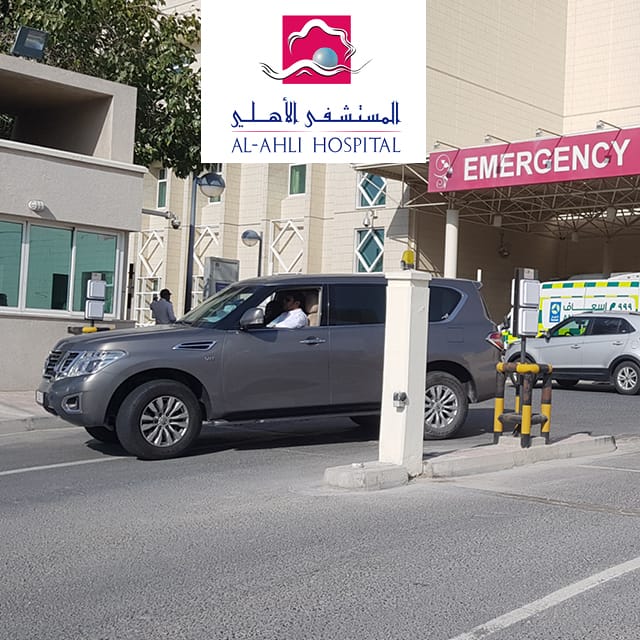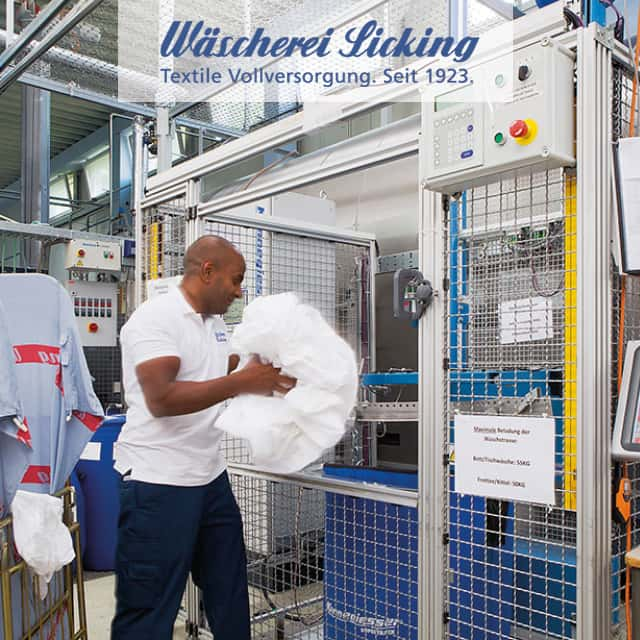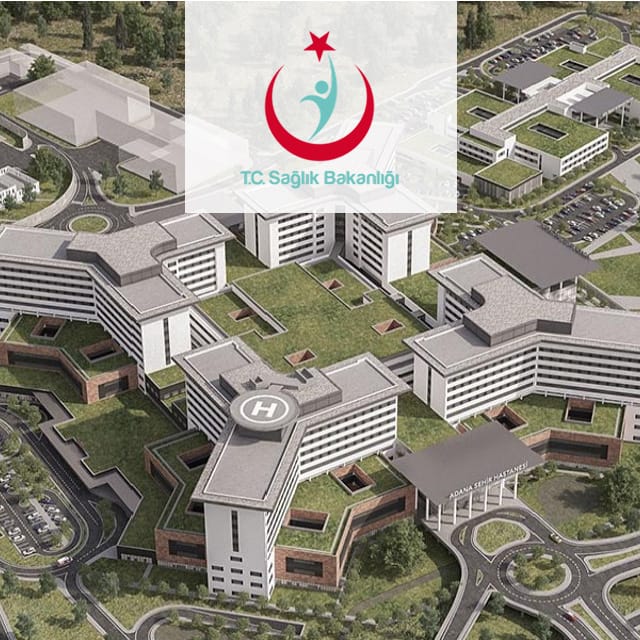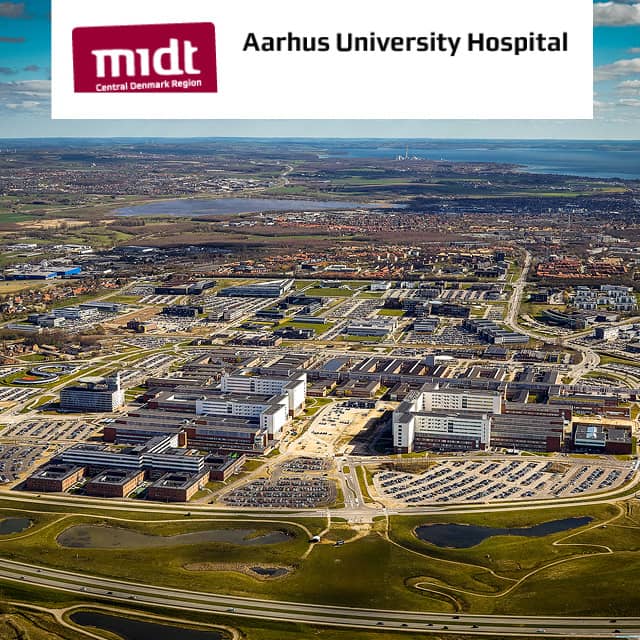
Commissioning robot in the hospital pharmacy at Aarhus
The new Aarhus University Hospital (DNU) in Denmark uses a task management system that processes information from ID sources such as RFID, WLAN and barcode.
A digital task assignment and administration at the DNU visualizes all hospital processes from logistics, drug administration to patient transport.
The DNU combines the functions of four previous hospitals in a single campus. With an area of over 100 hectares, 10,000 employees and capacities for a total of 4,000 patients per day, the Danish hospital will be one of the largest medical facilities in Northern Europe when fully operational in 2022.
Process Requirements
The size of the campus and the number of patients to be treated daily at the DNU require time-optimized processes. Manual task assignments are time-consuming and prone to errors. Employees spend too much time on activities such as searching, checking and documenting outside their actual area of responsibility.
Objective
- Optimization of travel and search times
- Automated controls during the commissioning of medicine
- Improved assignment of employees and tasks
Solution
A task management system uses recorded data from the ID sources RFID, WLAN and barcode. Every piece of information captured is processed in the system and enables the exact assignment of employees and tasks.
- Hospital Pharmacy Example: A prescription for medication from a doctor triggers the automated commissioning of the medication via robot. Dispatch by pneumatic tube is triggered by scanning and recording processes. A barcode scan of the medication and patient wristband is used to control the administration of medication and document it in the task management system.
- Employee Location Example: The location of employees is done via WLAN. The localization accuracy is approximately ten meters and is sufficient to assign appropriate tasks. The localization information is not stored for data protection reasons.
- Emergency Room Example: In the emergency room, the time factor is the focus of task assignment. Employees can activate/deactivate the localization function themselves via WLAN. In this way, only those employees who are actually available in the emergency room are located.
- Asset Management Example: All assets tagged with an RFID label are tracked. In contrast to employee location, the recorded location data is stored for analysis and evaluation.
Technology Partner
Advantages
- Time saving for all activities
- Optimizes productivity as employees spend less time searching for assets, medicine and patients
- Minimization of risks in patient care
Learn More
Questions? Get in contact with the editorial team!
Technologies
Application Fields


